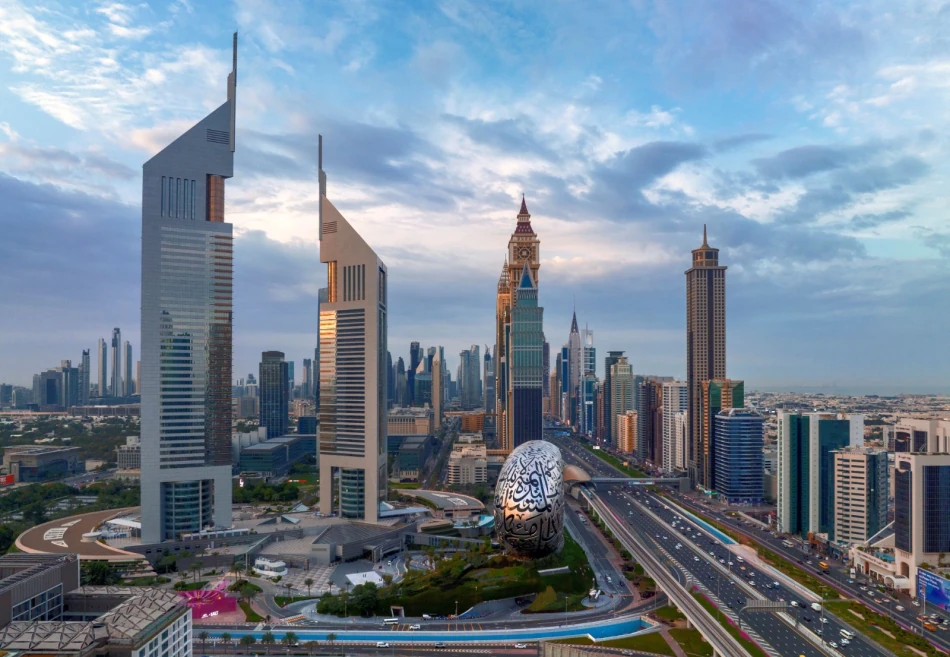
Sunny Skies Ahead: Tomorrow's Weather Forecast Predicts Partly Cloudy Conditions
UAE Braces for Dusty Conditions as Temperatures Soar Above 40°C
The United Arab Emirates is set to experience another scorching day with temperatures reaching up to 43°C in some regions, accompanied by dust-stirring winds that could impact visibility and air quality across the country. The National Center of Meteorology's latest forecast highlights the challenging weather conditions that have become increasingly common during the region's intense summer months.
Weather Patterns Signal Typical Gulf Summer Intensity
Tomorrow's weather will range from clear to partly cloudy skies, with occasional cloud cover expected in southern areas. The most significant concern for residents and businesses will be the moderate winds reaching speeds of 10-25 km/h, potentially gusting up to 40 km/h during daylight hours.
These southwesterly to northwesterly winds are expected to stir up dust particles, creating hazardous driving conditions and potentially affecting outdoor activities. Such weather patterns are characteristic of the Arabian Peninsula's summer climate, where high-pressure systems generate strong thermal winds.
Regional Temperature Variations Reveal Climate Diversity
Inland Areas Bear the Brunt
The inland city of Liwa is forecast to experience the highest temperatures at 43°C, reflecting the desert's intense heat accumulation. Al Ain, another interior location, will see temperatures reach 41°C with significantly lower humidity levels of 25-50%, offering some relief from the oppressive conditions typical of coastal areas.
Coastal Cities Face High Humidity Challenge
Dubai and the northern emirates will experience a different but equally challenging combination of high temperatures and humidity. Dubai's forecast shows 39°C with humidity reaching up to 85%, creating heat index values that feel considerably hotter than the actual temperature.
The smaller islands of Greater and Lesser Tunb, along with Abu Musa, will see more moderate temperatures of 36°C but with humidity levels reaching 85%, making outdoor activities particularly uncomfortable.
Maritime Conditions Offer Mixed Outlook
Sea conditions present a relatively positive aspect of the forecast, with light to moderate waves expected in the Arabian Gulf and calm conditions in the Sea of Oman. This suggests favorable conditions for maritime activities and offshore operations, crucial for the UAE's significant shipping and oil industries.
Implications for Daily Life and Economic Activity
These weather conditions underscore the ongoing challenges faced by Gulf nations in managing extreme heat. The combination of high temperatures and dust storms can strain electrical grids as air conditioning demand peaks, while reduced visibility may affect transportation networks.
For the UAE's construction and outdoor industries, such forecasts typically trigger adjusted working hours and enhanced safety protocols. The country's continued investment in climate-controlled infrastructure and renewable energy becomes increasingly relevant as these extreme weather patterns persist throughout the summer months.
Most Viewed News

 Sara Khaled
Sara Khaled






